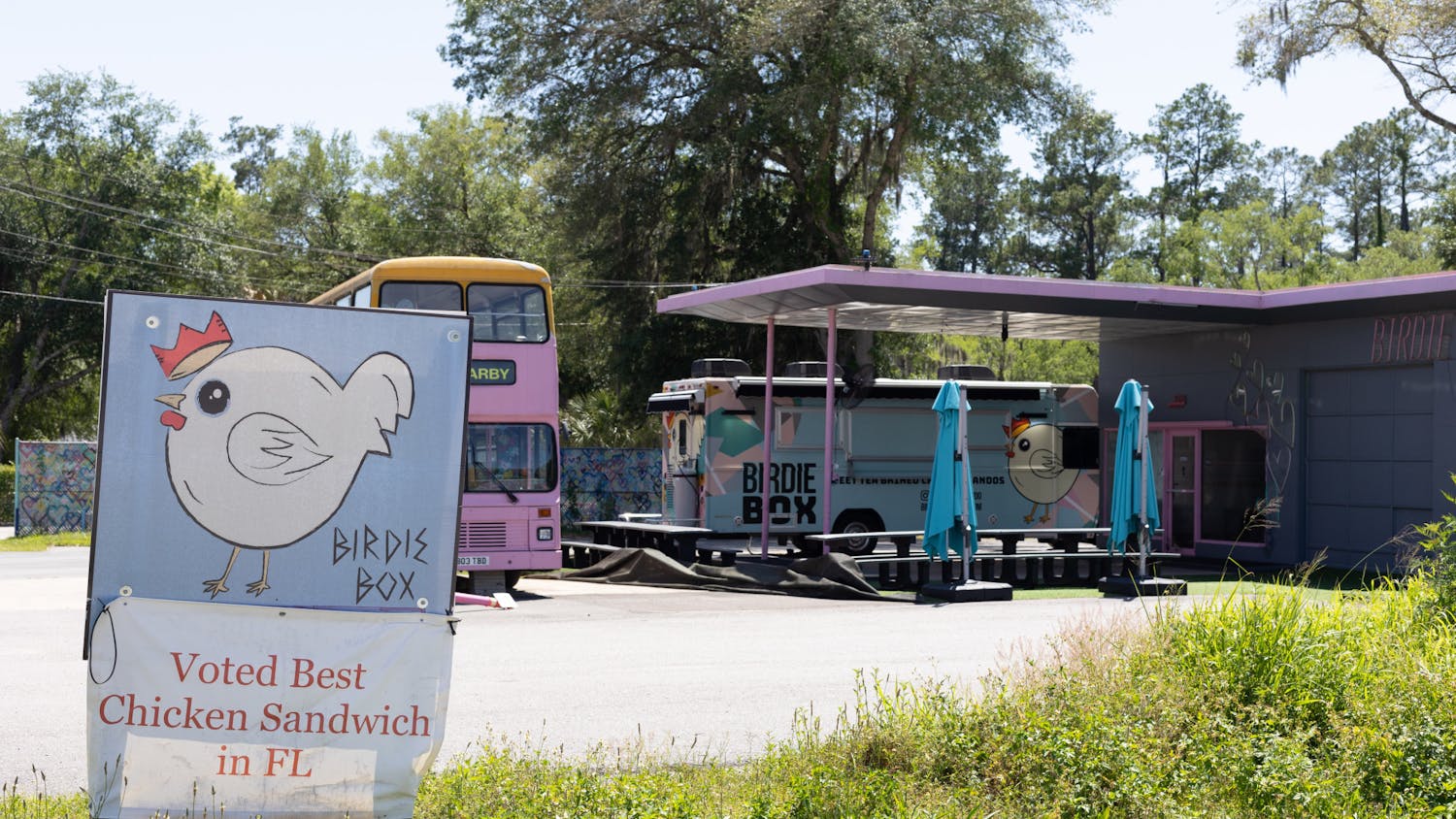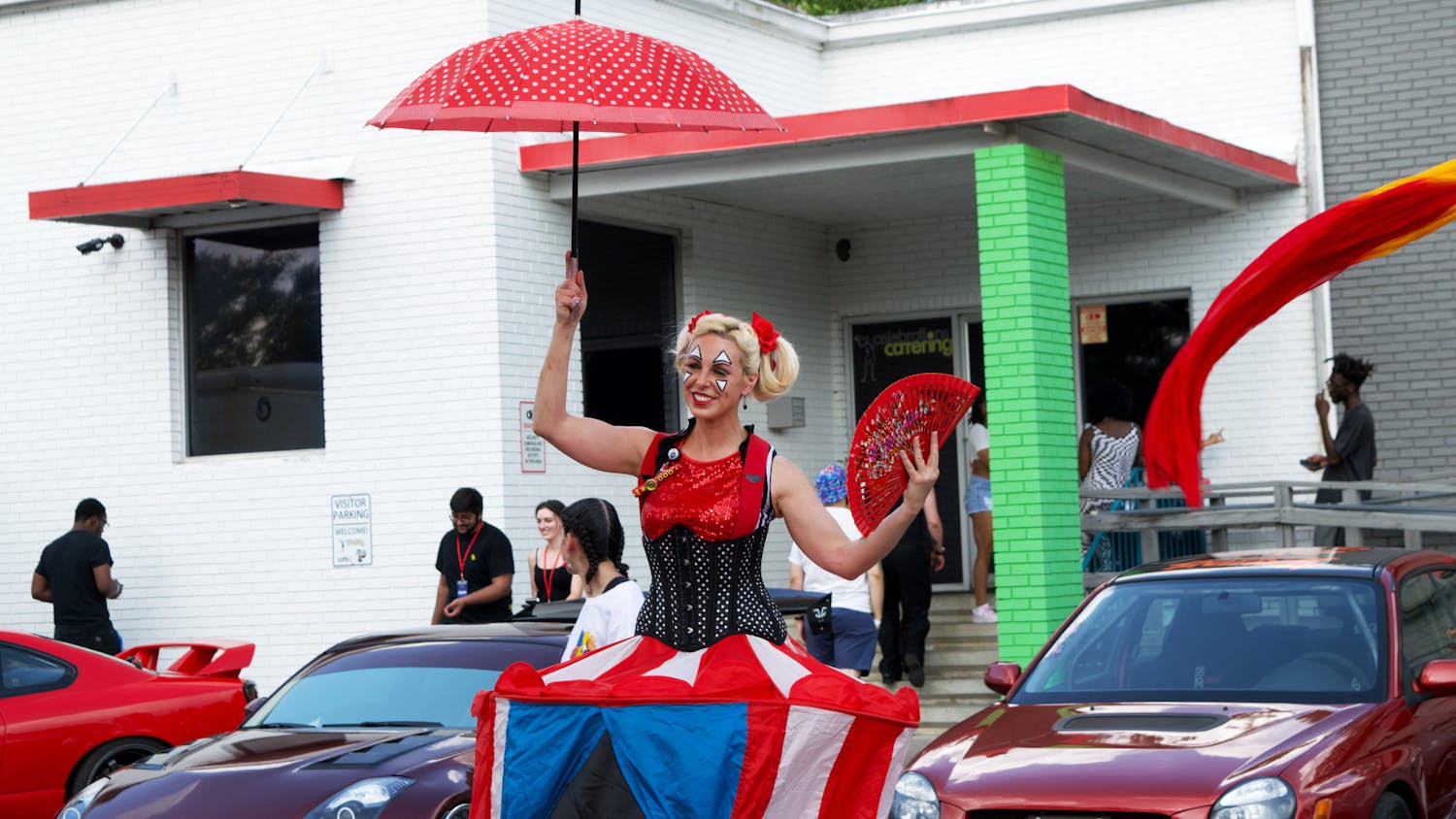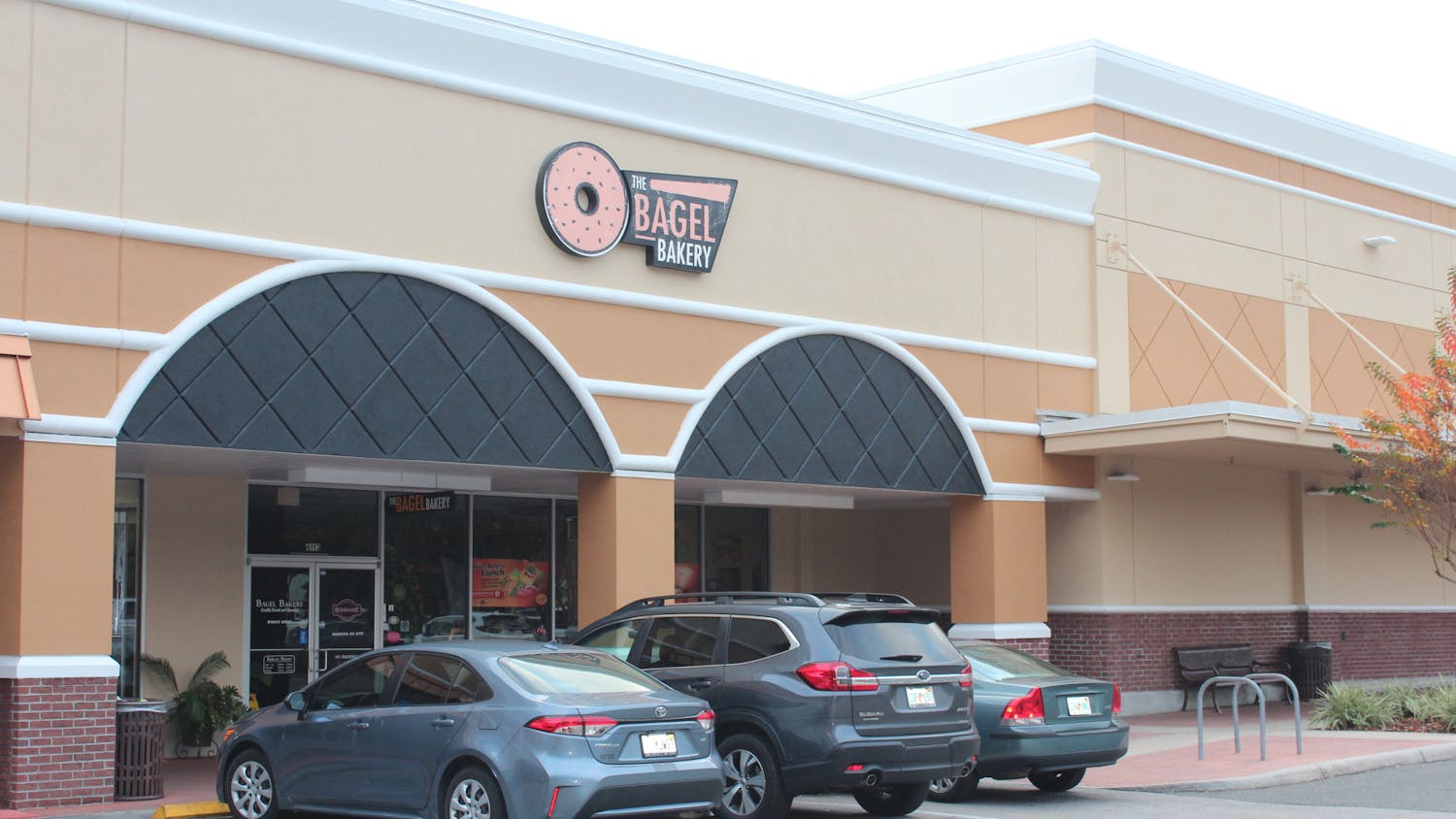Stopping by Starbucks on the way home for a Frappuccino? Making reservations for Friday night at Leonardo’s 706? If so, you are not alone; countless people seek hundreds of thousands of different restaurants every single day in the U.S. There are different restaurant environments, from small “mom and pops” to individually run businesses to fast-food chains to fine-dining, sit-down establishments. Restaurants face many challenges to draw diners in and work to enhance the eating-out experience by creating a specific ambience.
Elements such as music, scent, objects of decor and lighting summarize the mood we expect. Colors also contribute to the atmosphere and influence our behavior. Have you ever noticed that fast-food places are decorated with vivid reds and oranges? Market researchers have found that these colors incite hunger and encourage diners to leave quickly, which is exactly what fast-food companies want.
In contrast, bistros and fine-dining restaurants arouse a sense of romance with dark interiors, candlelight, white tablecloths and wine bottles. Indirect and LED lighting make food and people look better. Natural wood, softer neutral colors and plush chairs give even more concrete suggestions of luxury and good taste.
Music makes a difference, too. A recent trend is for restaurants to “audio brand” or have customized music. Chipotle asked Chris Golub to create a specific playlist for all their stores. Golub considered the acoustics — hard surfaces like windows, metal and wood that make the sound bounce — the time of day and the volume levels of the music. A 2012 Cornell University study confirmed the importance of music affecting the enjoyment of food. The study found soft music and a more formal ambience made customers think the food at Hardee’s restaurant was tastier.
The number of patrons also impact our perceptions and image of a restaurant. A study conducted among Hong Kong restaurant patrons found that consumers perceived a very crowded restaurant more positively than a quiet one. Consumers associated crowdedness with high food quality, a good reputation and low prices.
The future of dining revolves around restaurants incorporating technology to create better consumer experiences. Ordering from your phone, sharing reviews of dishes, tablets on tables and direct feedback to managers may initially be appealing; however, they may undermine the soul of the dining experience. They are distractions from what matters — your meal, the company you’re sharing it with and the experience that brings you all together. Restaurants are one of the few opportunities where you can sit down, be taken care of and enjoy your meal with others. Hopefully, future technology will not cause restaurants to abandon its core principle of hospitality.
[A version of this story ran on page 10 on 2/26/2015 under the headline “Dining out: more than just food”]





